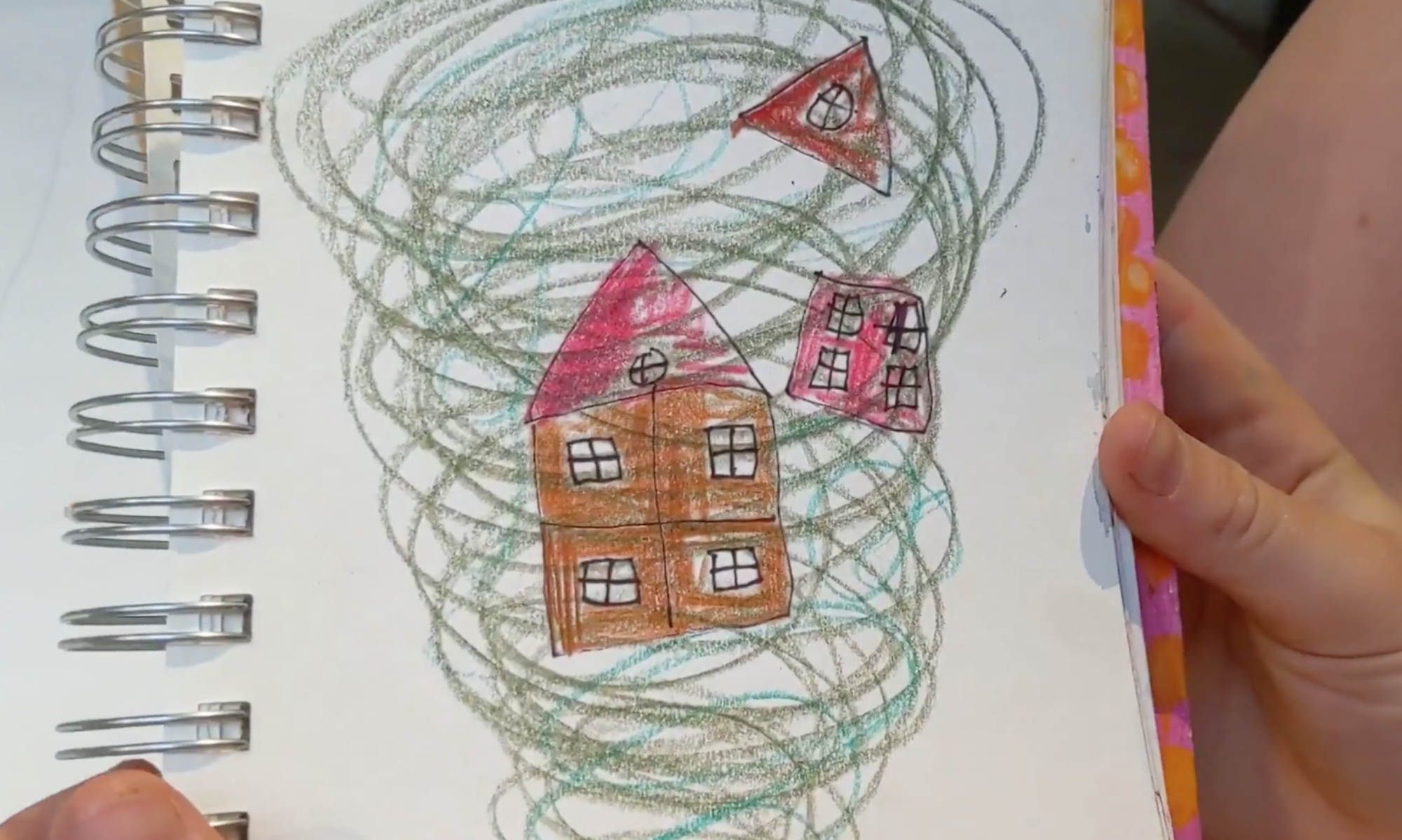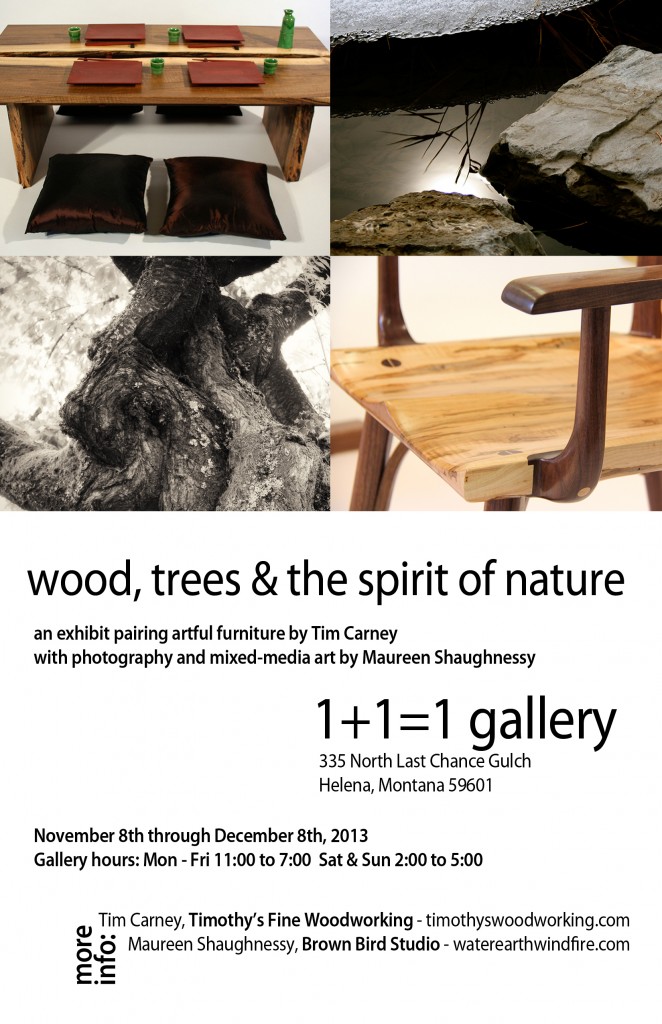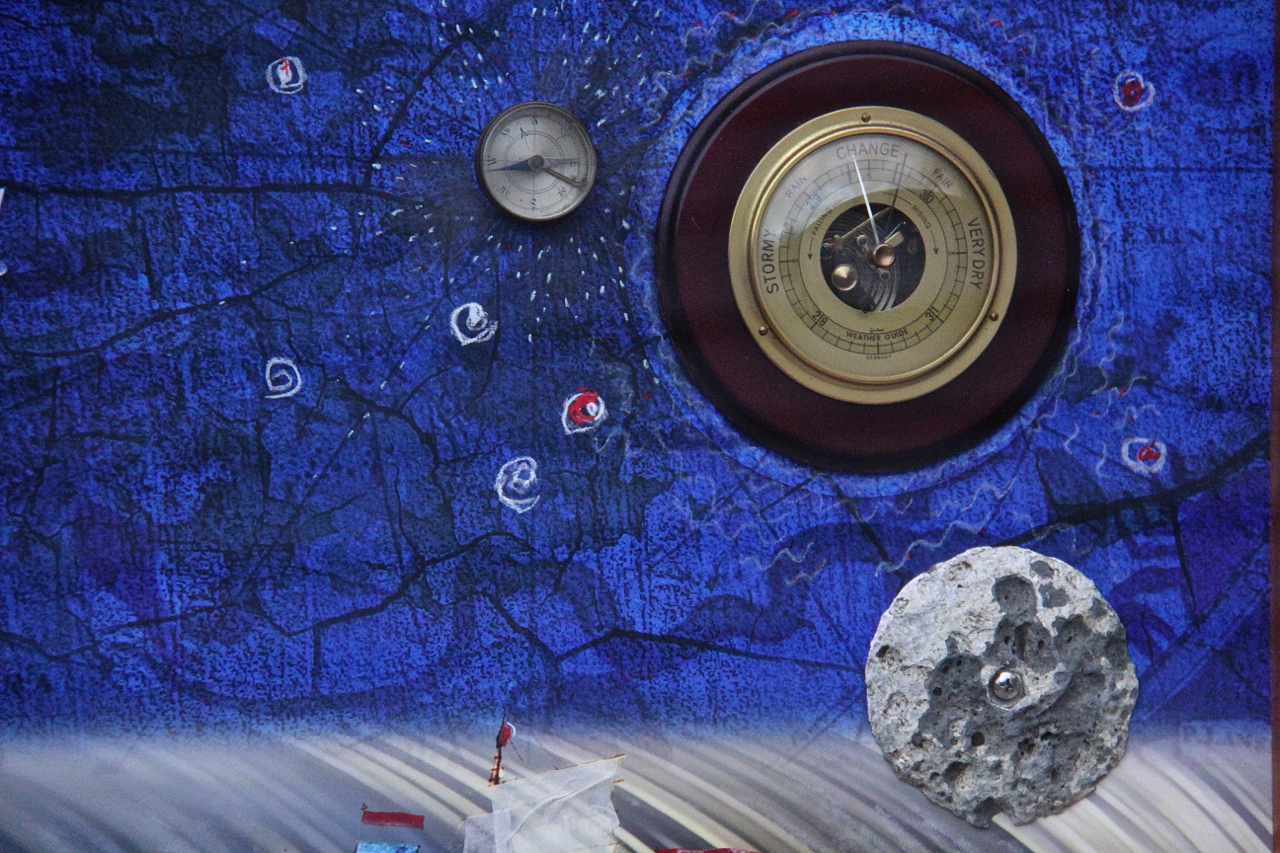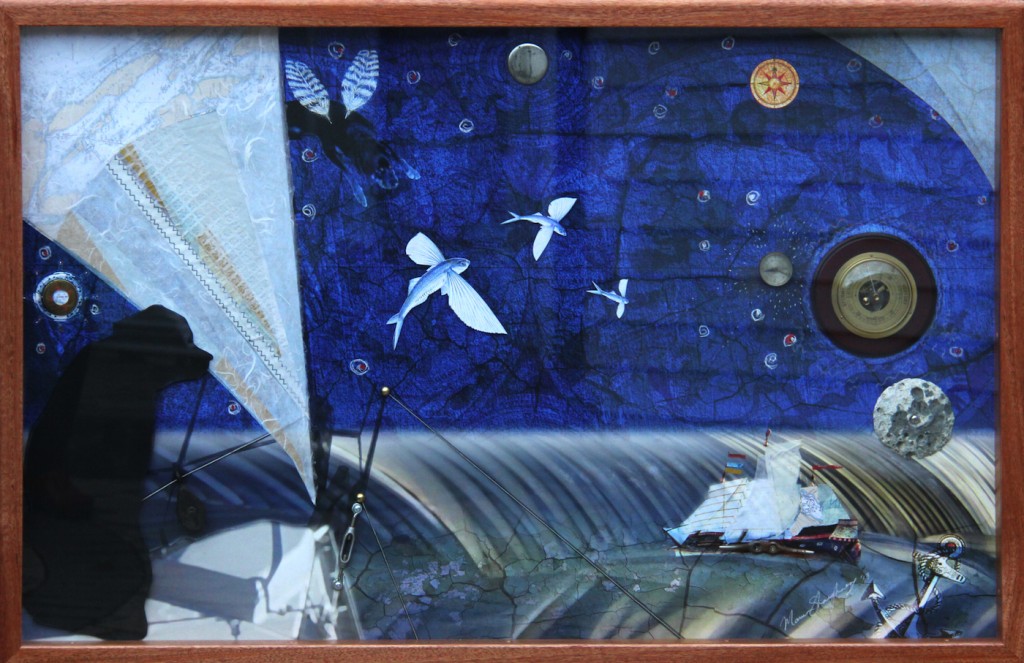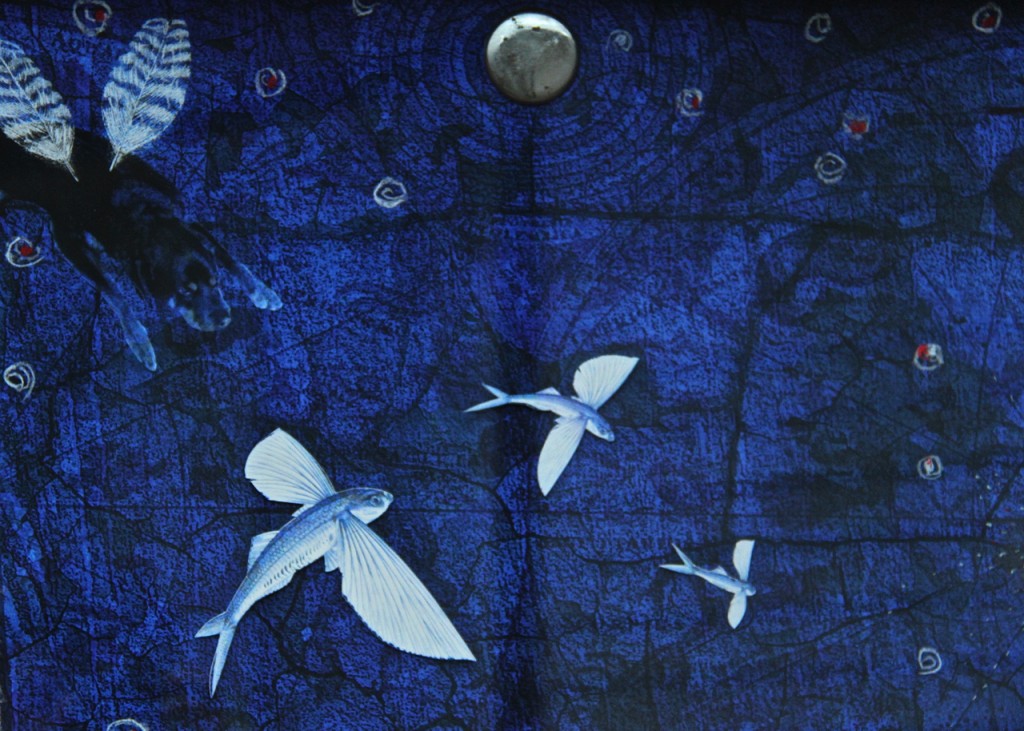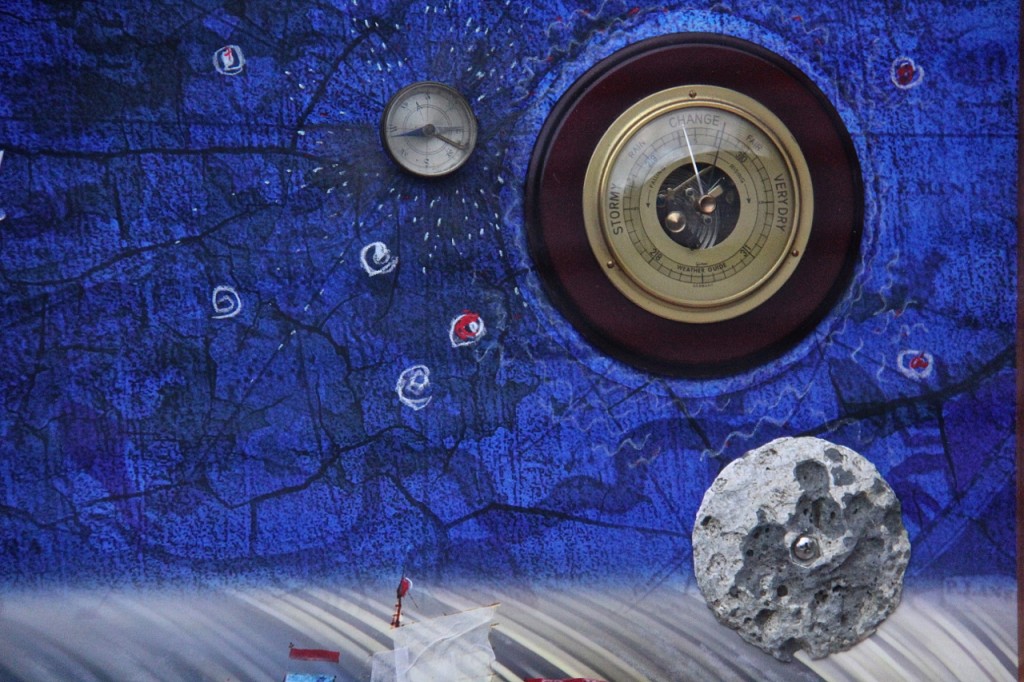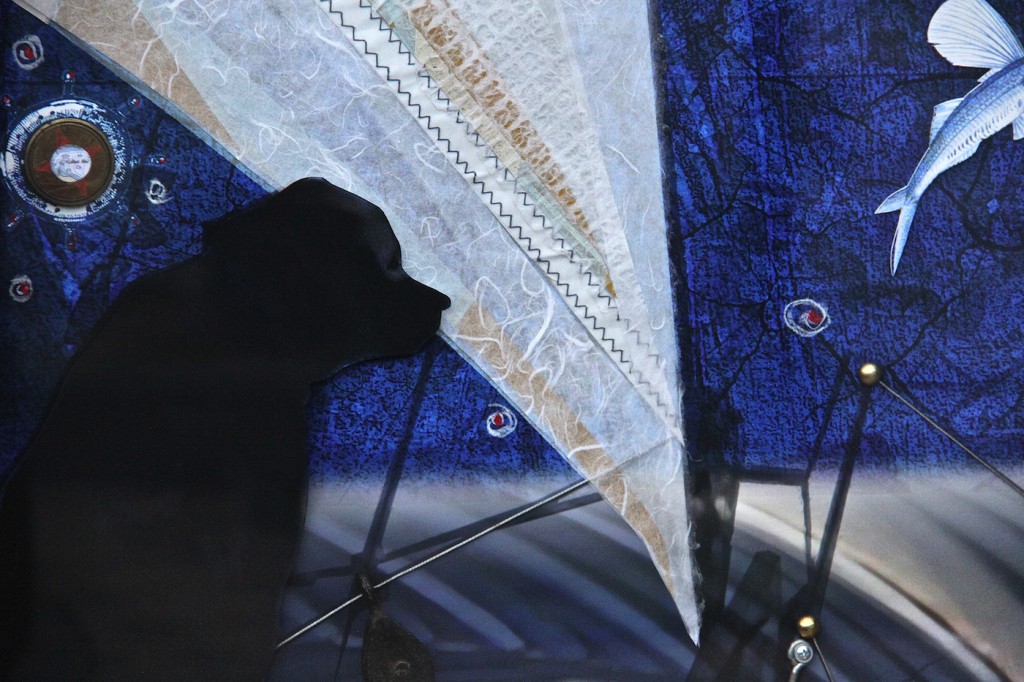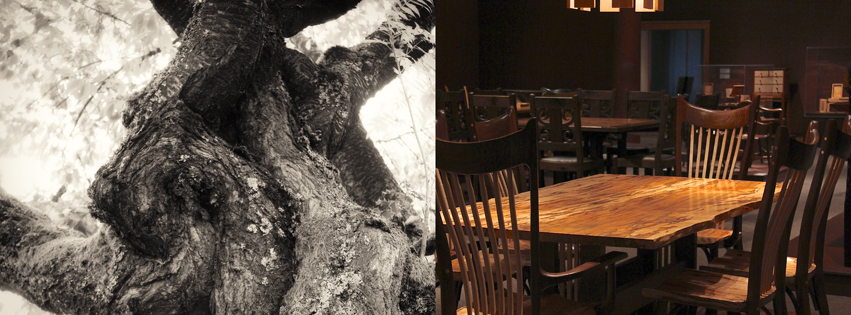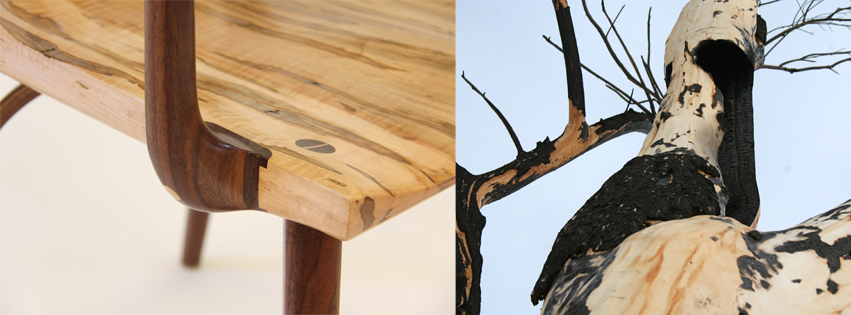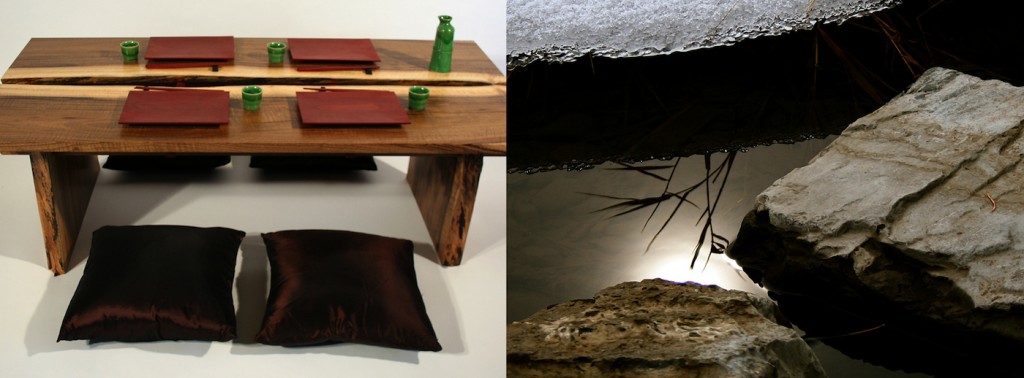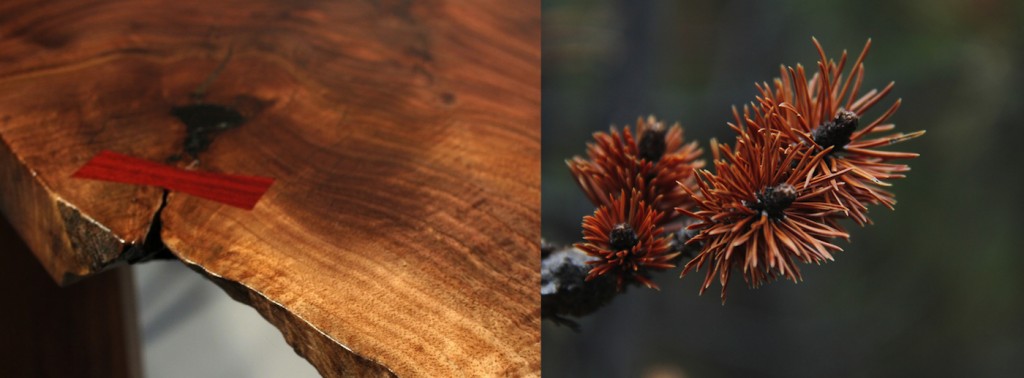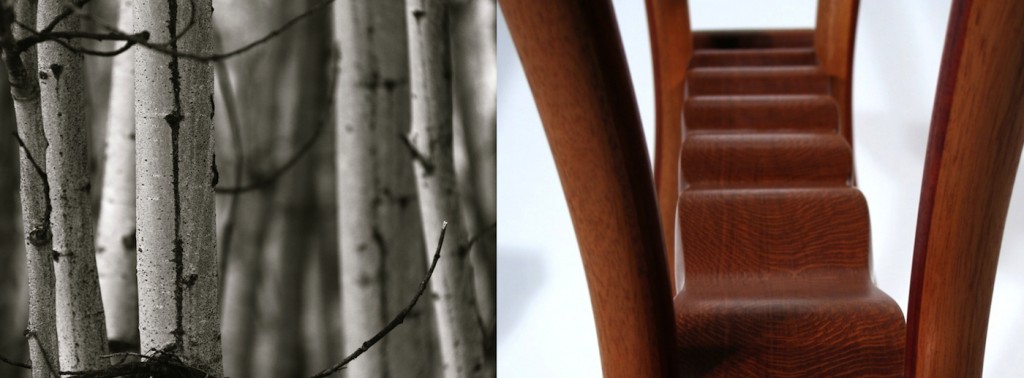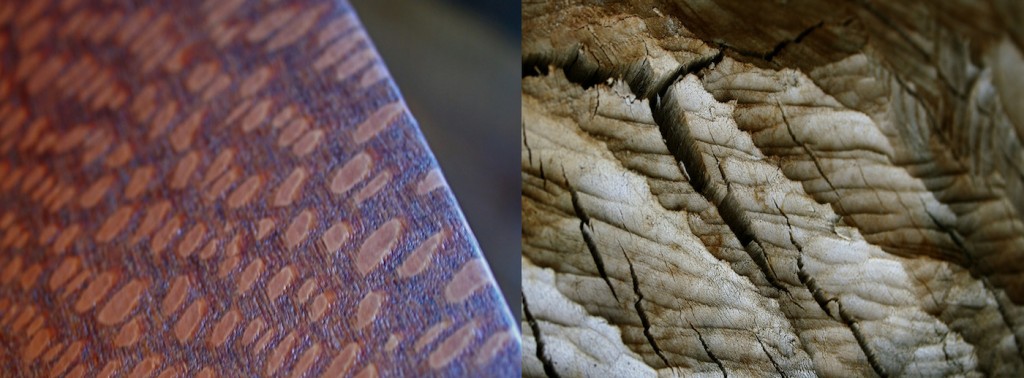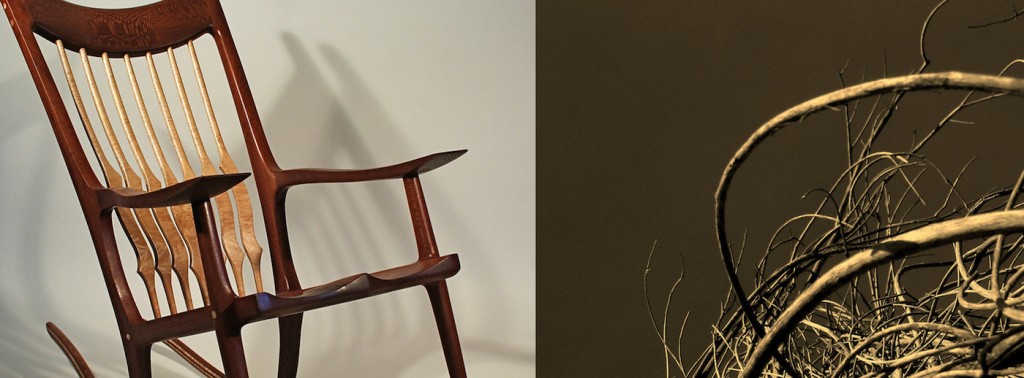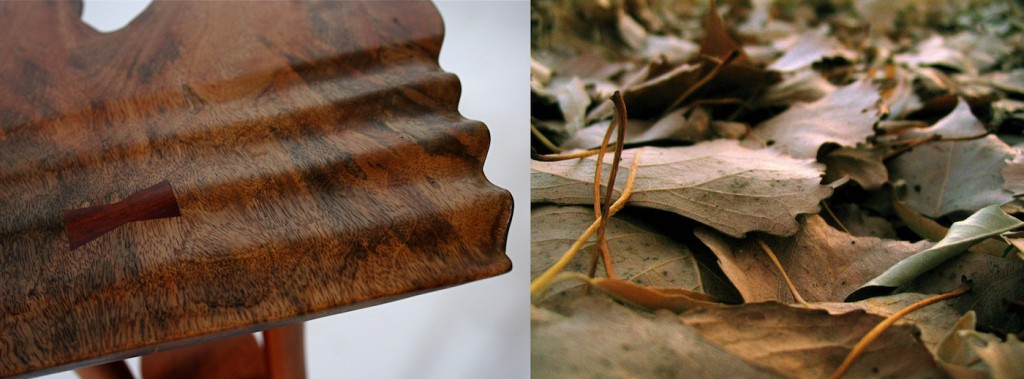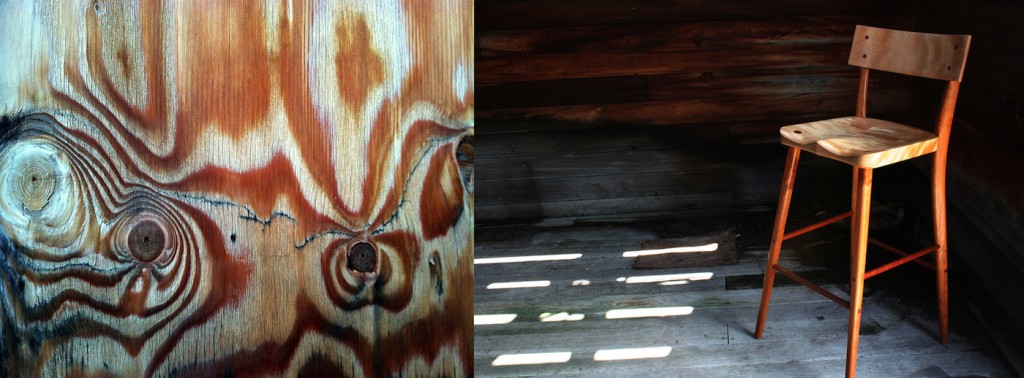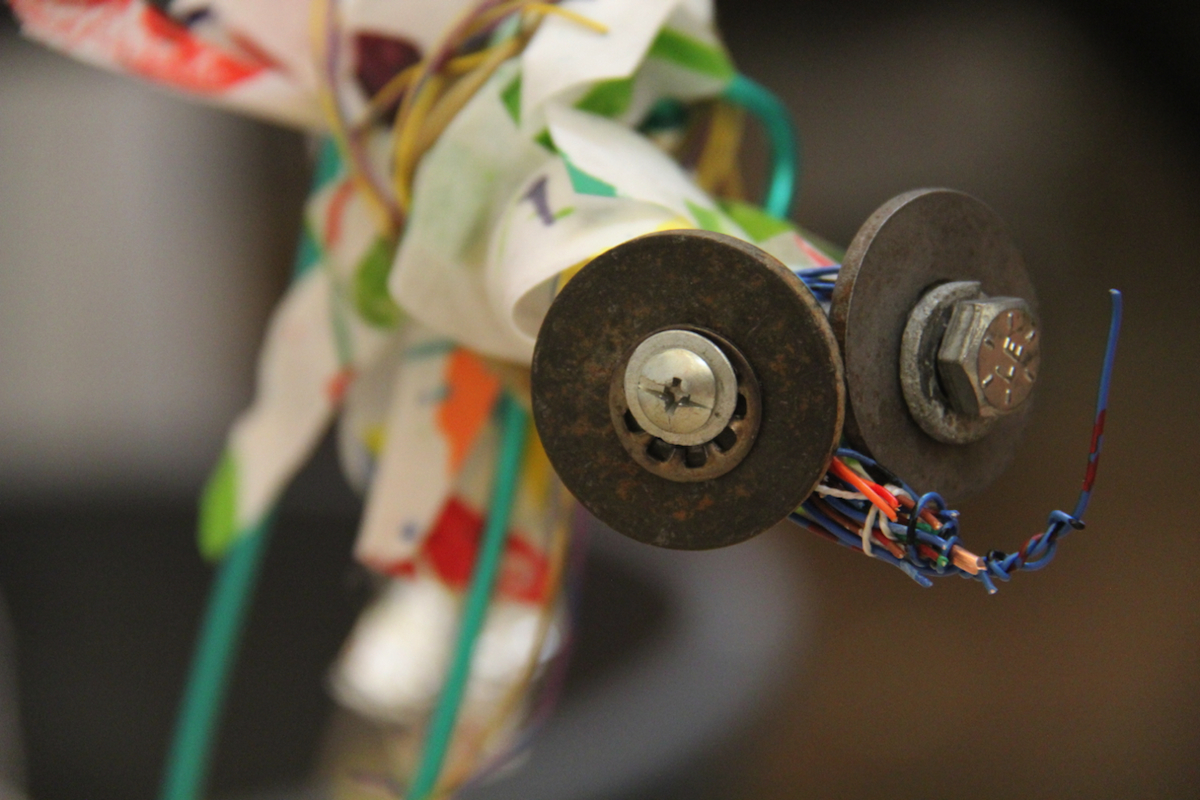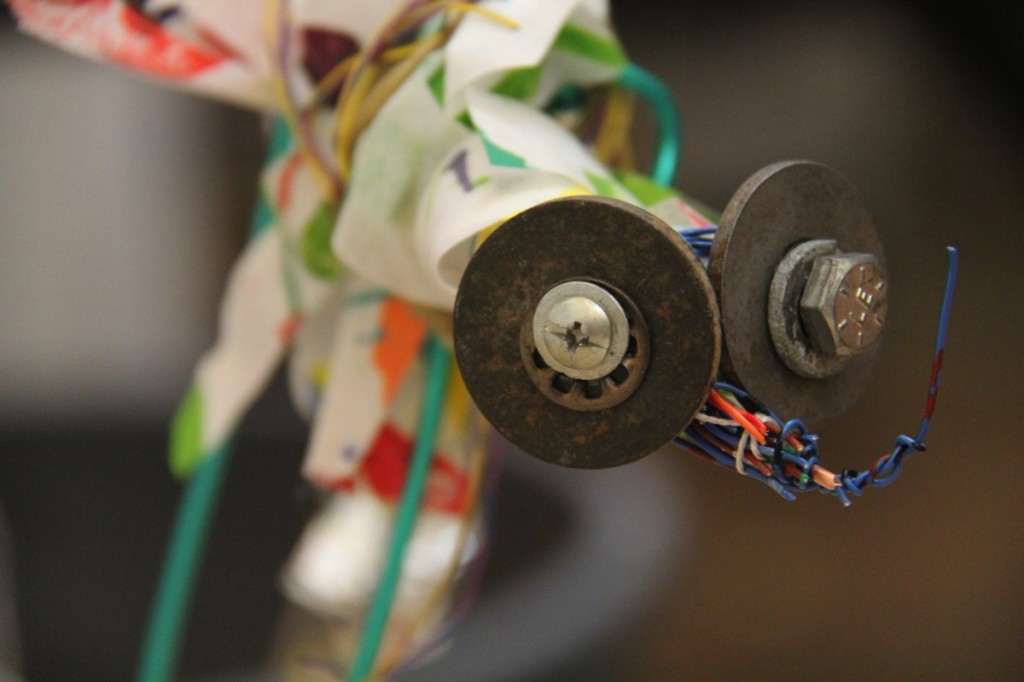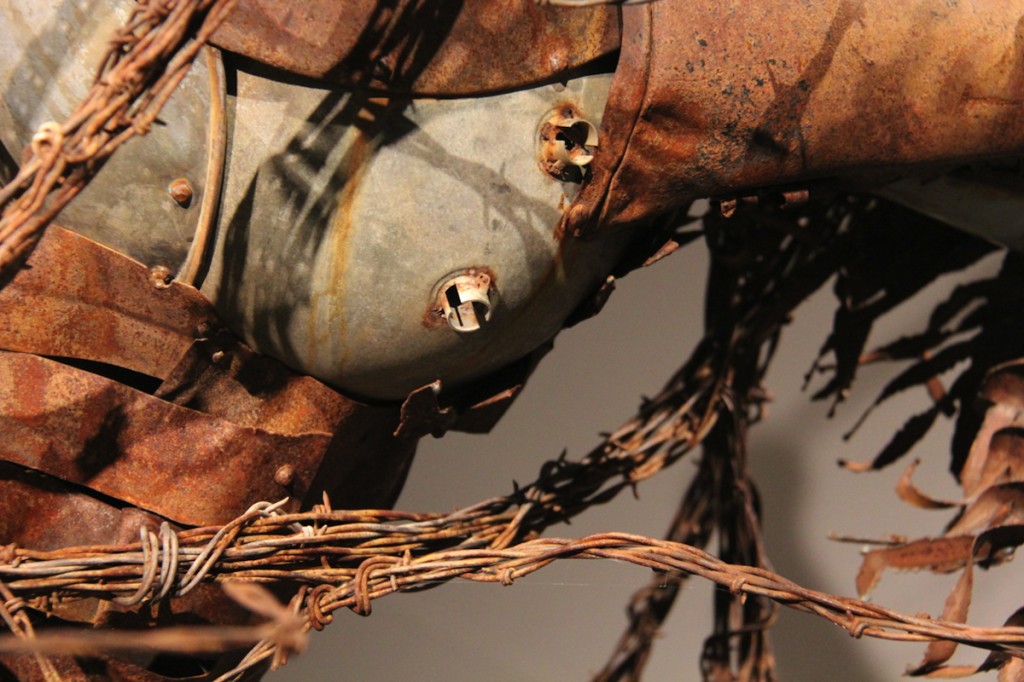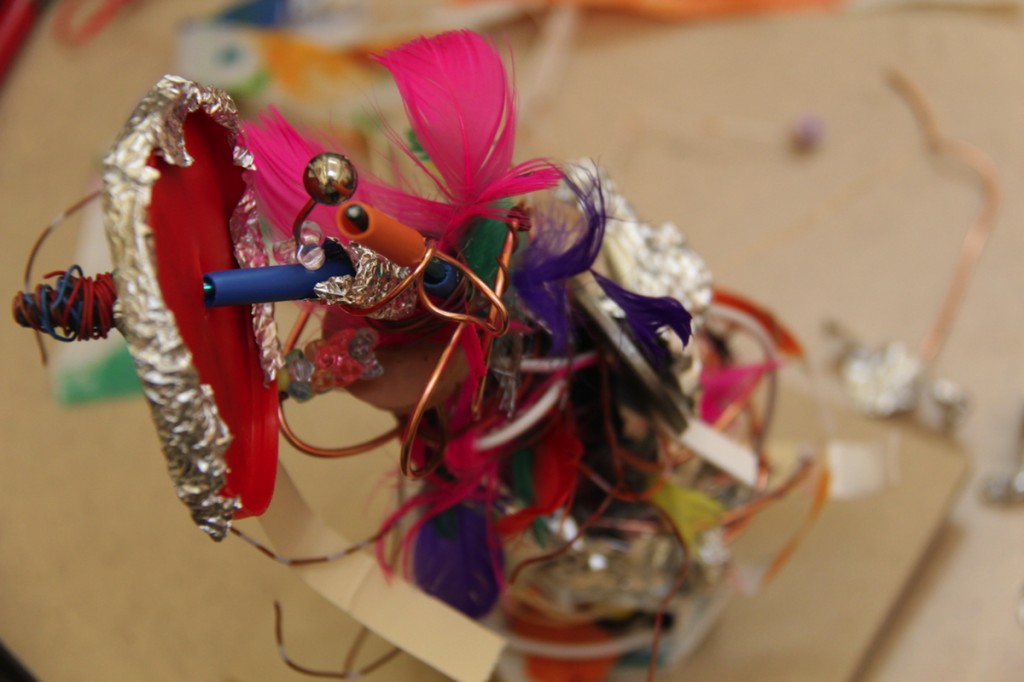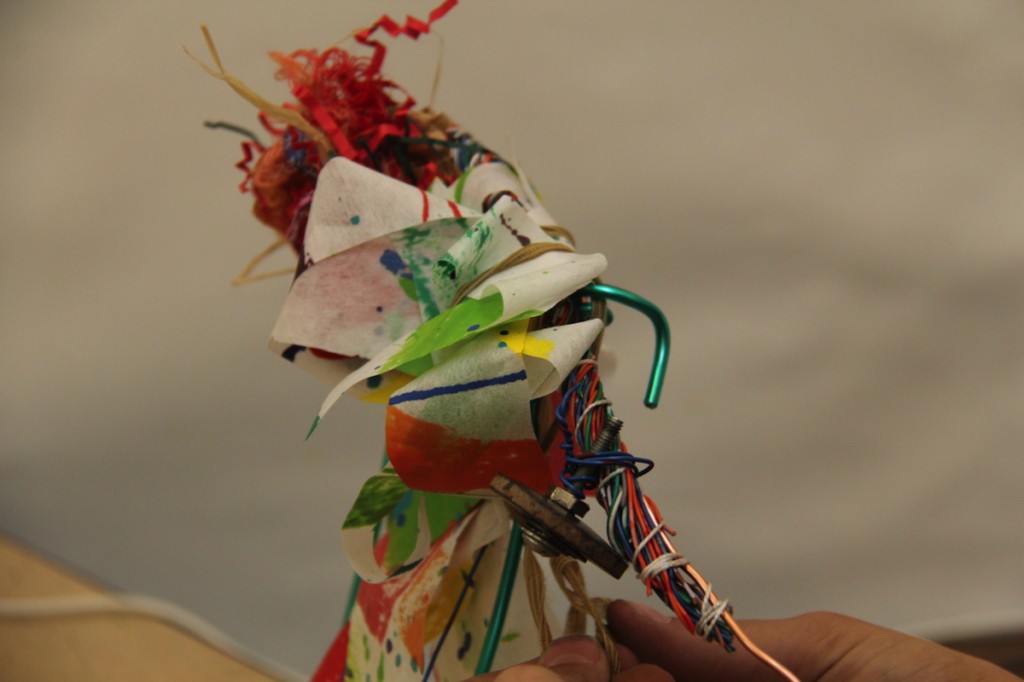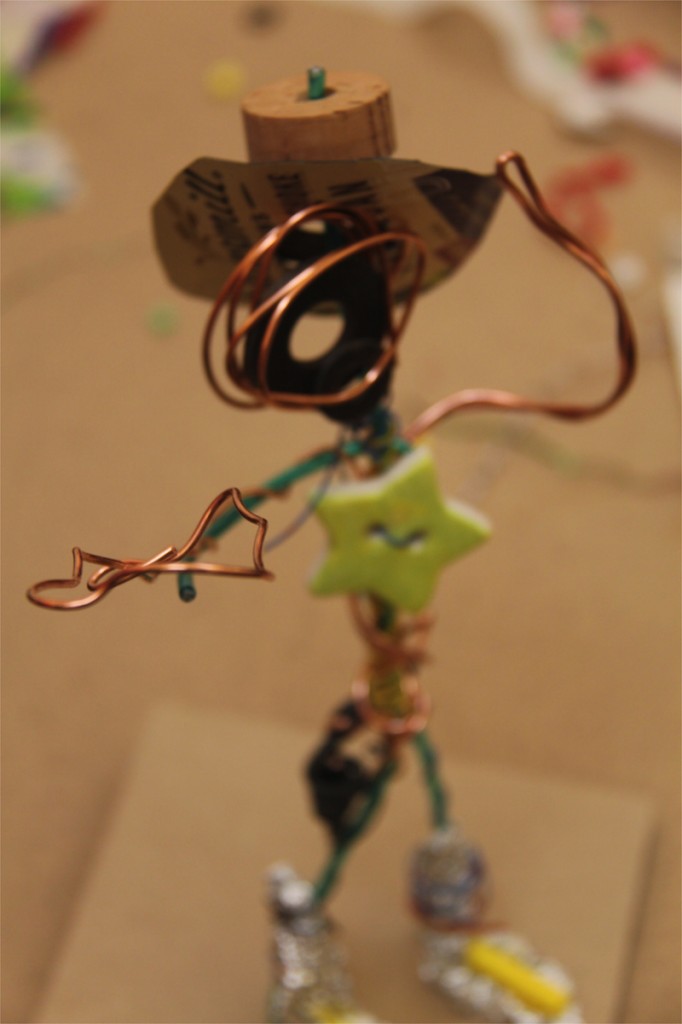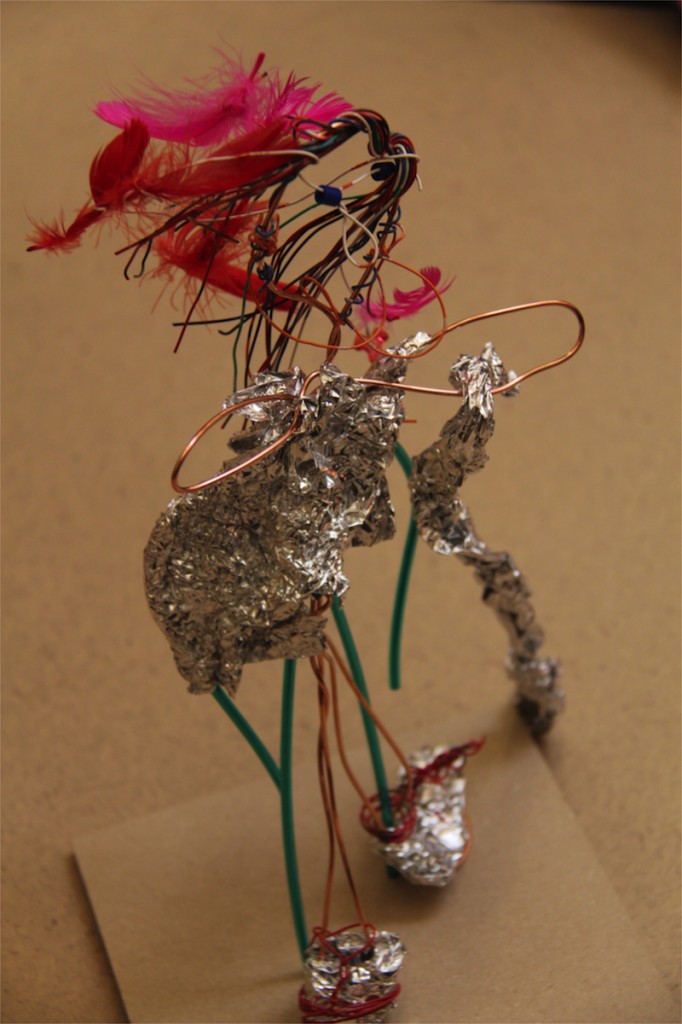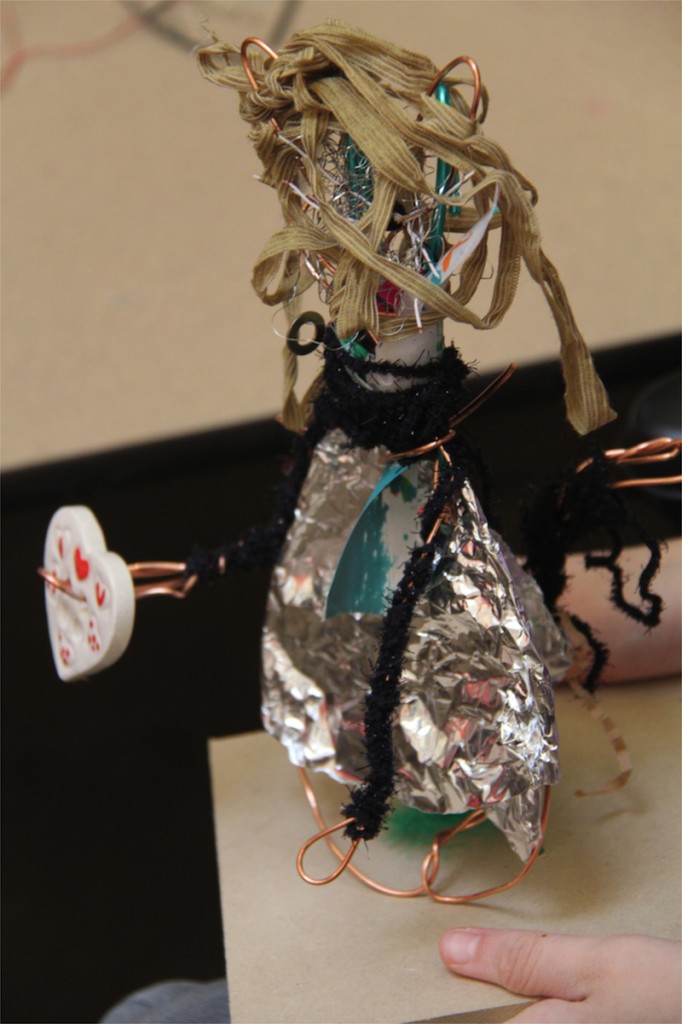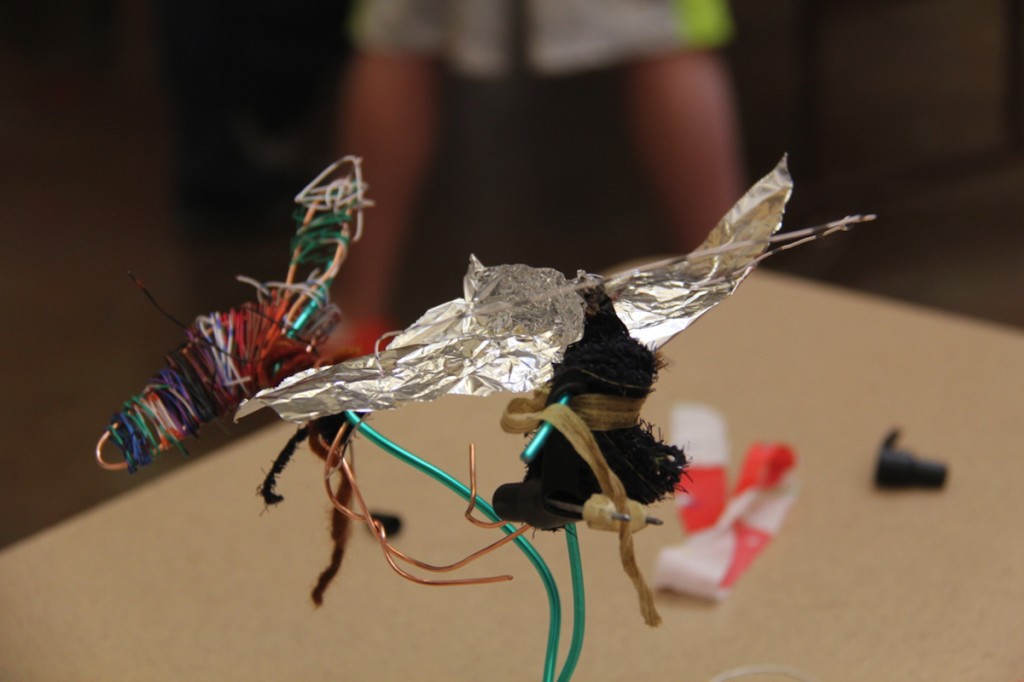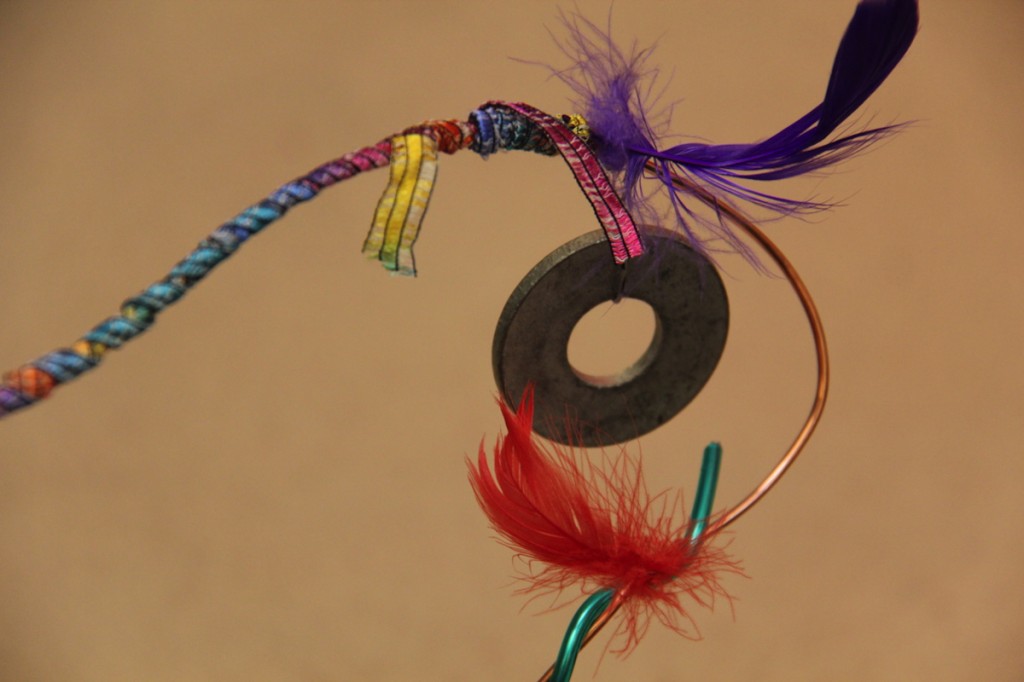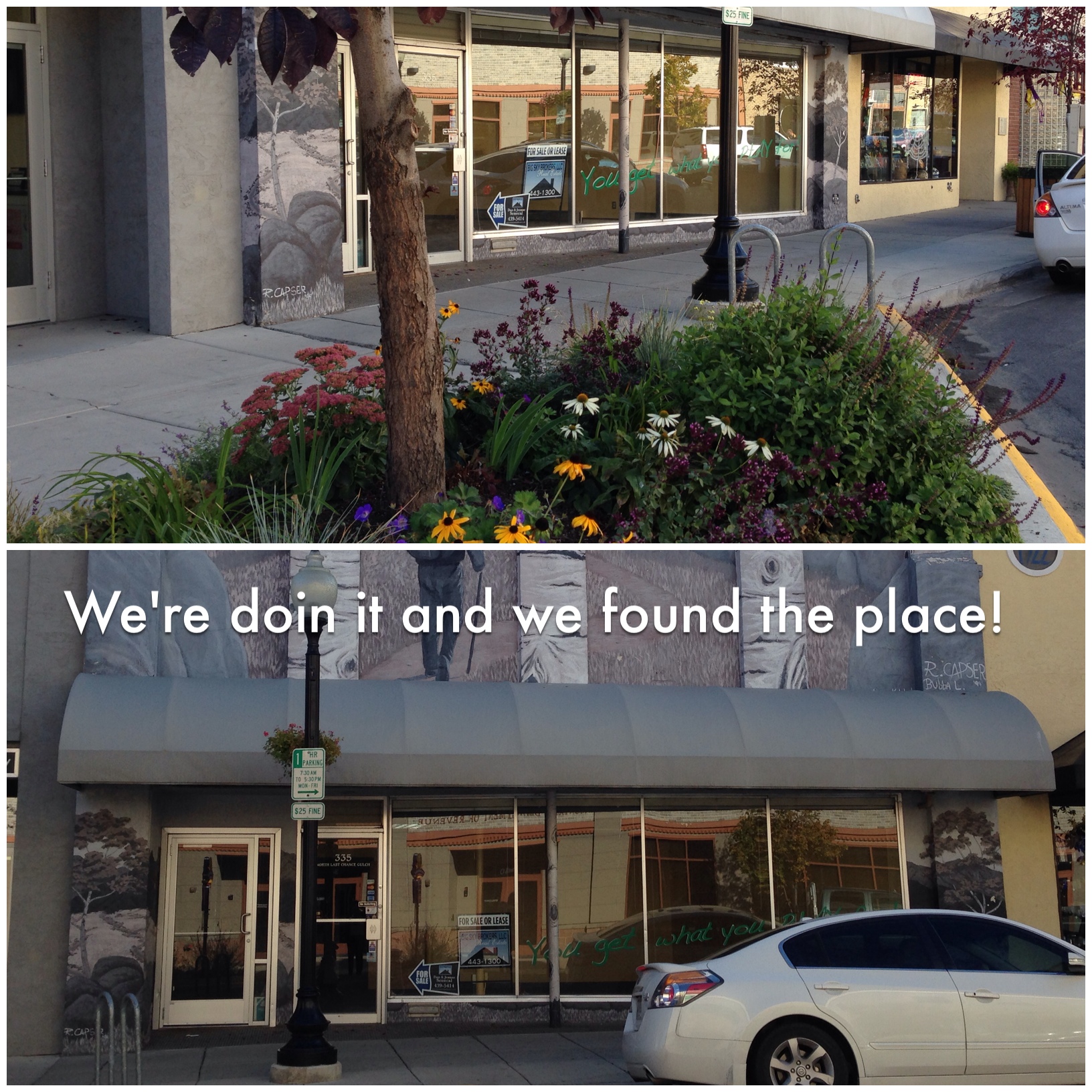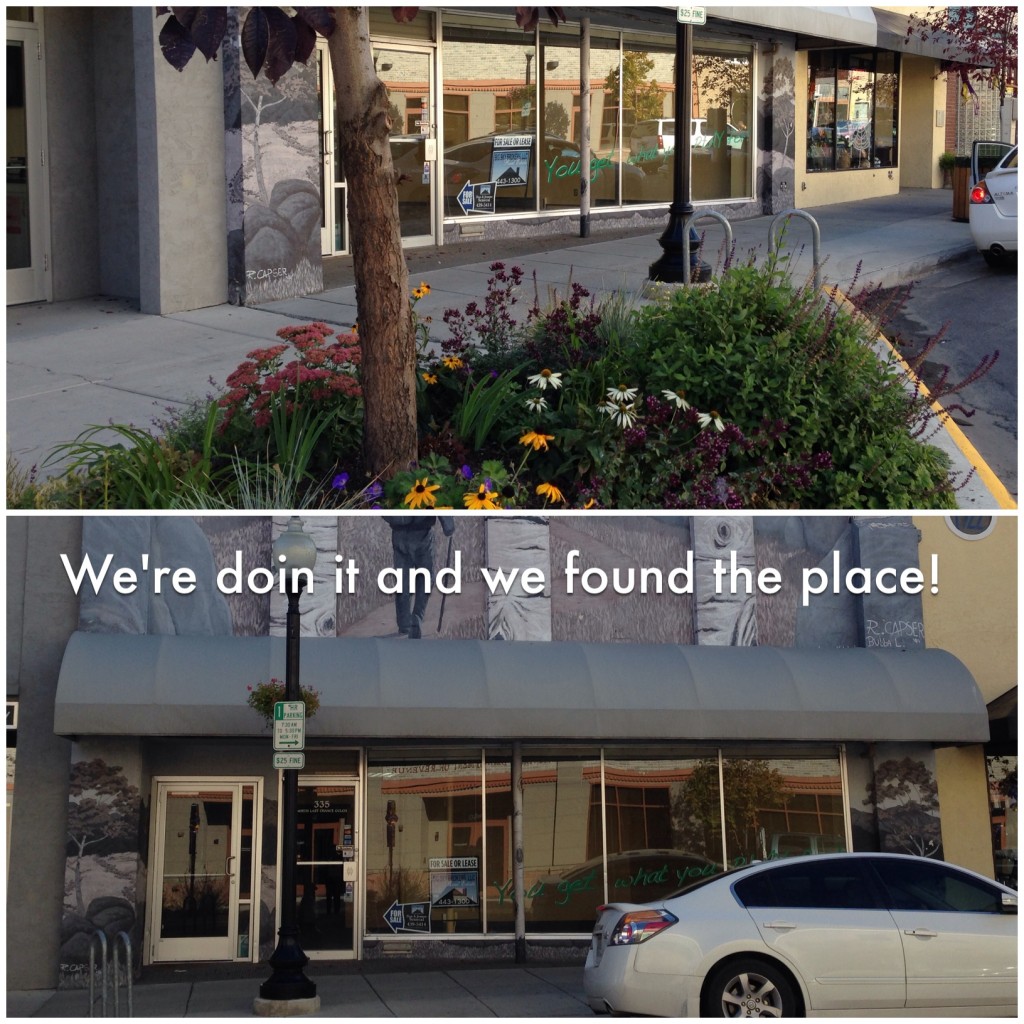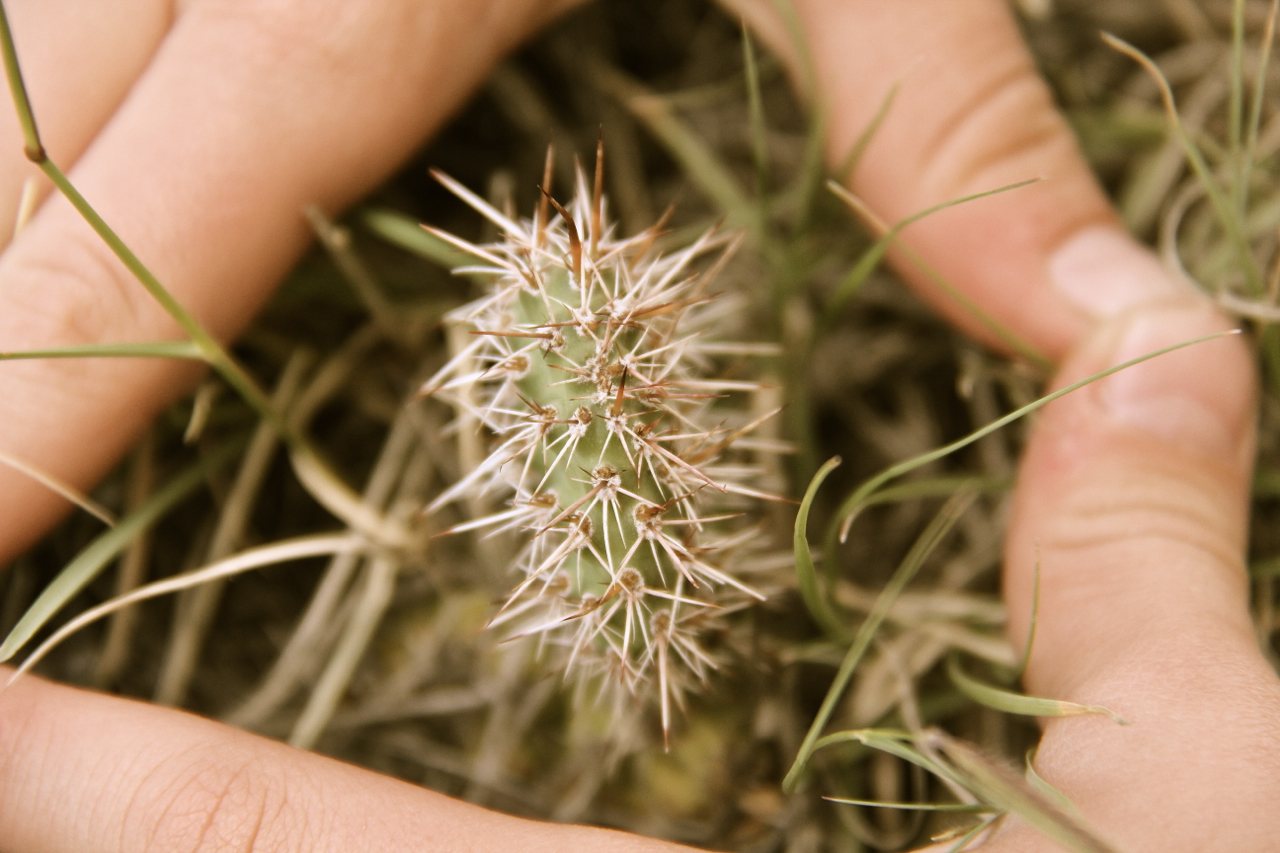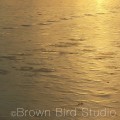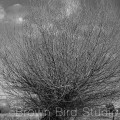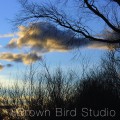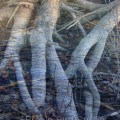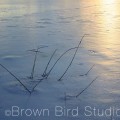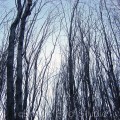Luke’s Dream
Luke sleeps and leaps
in his sleep. In his dreams he
can fly, spinning feathers through the air
legs out front the way a hero flies.Luke sleeps and chases
in his sleep. In his dreams he
snaps at fish that tease and leap and
fly in moonlight, and arc over our bow.Luke sleeps and watches
in his sleep, in his dreams he
sees a spirit ship floating the crest of a wave
it has come to take him home
I recently finished “Luke’s Dream.” My sister, Kat and her husband, Jerry, commissioned me to make a mixed media painting to remind them of their sweet rottweiler, Luke, and their sailing life. It was lovely to deliver it to my sister in person and to see her reaction to it.
The 48 inch by 30 inch piece is in a mahogany box (made by Tim) and covered with glass (thus the weird horizontal lines reflection of the siding on my mom’s house in the top photo.) I included an old barometer, compass, cleats, and bits of sailboats, maps, cables, sails, a sacrificial-zinc disc. Scribbles and smudges of charcoal, conte and pastel. Layered papers and drawings. Photos of peeling cracked wallpaper blended with an antique planosphere (map of the heavens) and of course, Luke himself sitting on the bow of the Splendid Mane.
Luke developed bone cancer in his leg, and died a few years ago. Fly free, Luke. Sweet dreams! Catch lots of rabbits and flying fish, won’t you?
Wood, Trees and the Spirit of Nature
1+1=1 is becoming a reality! On November 8th our little month-long gallery will have an opening reception during the Helena Fall Art Walk. The reception is from 6 to 9 pm.
The idea of 1+1=1 began when my husband, Tim and I were talking with our friends Mike and Colleen over dinner at their house. We were asking them how they helped Doug Turman get his start as an artist and gallery owner and Mike told us about the popup gallery he and Doug had years ago. Now Doug and his lovely wife, Mary Lee, have the always-happening Turman Larison Contemporary (art gallery) in downtown Helena. And it just so happens that the place we found for our popup gallery is right next door to Doug and Mary Lee’s gallery. Awesome!
We have been wanting a place to show Tim’s studio furniture and my photography and paintings for a long time, and the idea of experimenting with a temporary gallery was enticing.
So we’re doing it! We found an empty retail space on Last Chance Gulch and Mike helped us arrange a deal with the owners of the building for just one month to try out this gallery idea. It’s pretty last minute because we wanted to have our opening during the Art Walk, and be open for the holiday shopping season before Christmas.
Tim and I share a common esthetic and creative vision, although we have very different ways to express that vision. He works with the spirit of trees through his hands, making functional art furniture. I express my connection with trees and nature through photography, painting and mixed media collage. Our home is filled with art from both of us and our friends and family. We live a blessed, simple life and we both feel lucky that we can make a living creating art that we hope helps others connect with Nature on a deep level.
Docenting: Learning as You Go
What is a Docent? Not What You Might Think
Well, I took the plunge and became a docent at our local art museum. Today was a day to get over some of my own stereotypes. Being a docent is something I have wanted to do for a long time, but hesitated because somehow I didn’t identify myself in the group of people who a) had time to volunteer, b) knew the right people or c) had a fabulously rich spouse.
With encouragement from a couple of acquaintances, I dove in and came up swimming. Imagine my surprise to find out that you don’t have to be a well-connected housewife to be a docent. I wonder where I acquired that stereotype? At my first docent meeting, I felt welcomed and valued. There are all kinds of people in this group of volunteers and I look forward to getting to know them and feeling comfortable in my role.
So … what is a docent? Sondra Hines, the Educational Coordinator at the Holter Museum, asked the kids in a school tour if they knew. They didn’t. Neither did I. I was glad she didn’t ask me. A docent is a volunteer trained to share their enthusiasm and knowledge of visual arts with all ages, and to encourage them to experience art in ways that are not available in classrooms. Basically a different kind of educator.
My First Day as a Docent: learning from the students
So, jumping right in, I had a blast with 19 sixth graders today — first, listening to them explore and think critically about “Counting Coup” a warrior made of pieces of rusty car wrecks by Jay Laber. Then, watching how easily Sondra channeled their curiosity and insights. The Holter Museum uses Visual Thinking Strategies (VTS) in all tours. After observing Sondra use VTS so fluently, I am excited to learn this method of stimulating more engagement with art. I will write more about VTS as I improve my skills.
After the tour of Laber’s art, we made wire-and-stuff- sculptures. One girl struggled with her skeleton of copper wire and tossed it aside because it just wasn’t doing what she had in mind. She began again a second time with wire so thick that even I couldn’t help her bend it the way she wanted it to bend. I suggested trying the copper wire again. Nope. Didn’t want to. She knew what she wanted, and was going to stick to her strategy no matter what anyone suggested. Reminded me of myself. Stubborn. In the end, she had a spare figure and ran out of time. She had struggled with this really heavy unbending wire in her wish to show it who was boss.
One lesson I think many of the kids came away with was that even if you start out thinking you are making a certain something … the wire and other bits will eventually dictate what you are making… your idea may change from a cat to a chicken. Or from a horse to a spaceship. Or you might take the easy way out, announcing that you have made an abstract sculpture.
Time compresses when you are having fun. Or working on something challenging. Or trying to help six different kids simultaneously. Time compresses especially in the last five minutes of a workshop. You suddenly realize you have a head, two arms and not much else because you have obsessed and perfectionized about a certain placement of the feet or making sure the legs are the exact same length. Meanwhile, your table-mate has willy-nilly twisted, tied, dangled and wrapped his wire with buttons, washers, bolts, window screen, feathers and pieces of nylon cloth. And come up with something remarkably resembling a wild and crazy alley cat.
Steal Like an Artist
- Different styles of work and play.
- Different ways of seeing the same materials.
- We all look at life in a different way.
I recently read a little book titled “Steal Like an Artist.” It’s simple. Compelling. And I read it in the time it took my toes to wrinkle like prunes in the bathtub. The idea that humans are incapable of copying perfectly, stuck with me from the book. Copy copy copy. You will never make the same exact something someone else has made. The students used much the same materials, and some of them emulated Laber’s sculptures (warriors, horses, a buffalo) yet their amazing creations were so much a part of the creators that I marveled at their creativity.
Exciting New Thing for Us: a Pop-Up Gallery
I have some good news: Tim and I made a commitment to renting a space in downtown Helena, for a whole month. We’re going to open a little pop-up (temporary, short-term) gallery the night of the Fall Art Walk — November 8th. The as-yet-to-be-named little gallery will feature Tim’s exquisite hand crafted furniture and my artwork. I will write more about the show and our progress as the time nears, both here and on my Facebook page.
We would be honored if as many of our Helena peeps as possible would come down to our little gallery during the art walk — or anytime from November 8th to December 8th. I’d love to see you and show you my work and Tim’s. You’ve been able to see both of our work online, and at the fall art walks for the past few years, but now is your chance to see a lot more of it — in person.
And when you come, please sit in one of Tim’s super comfy chairs. You’ll be amazed.
I will be at the little gallery during the Art Walk and Tim will be there part of the evening. He also has his piece, The Madison, in the Art of Wood show with the Helena Woodworkers Guild at the Placer Hotel lobby during the art walk.
Anyhoo, I’m really excited about this — and a little nervous. It’s a ton of work to put together a show of artwork, and we still have so much to do. I am working on 5 new paintings, and really excited to show them to the world.
Stay tuned for our progress, an invitation to an artist reception (and gallery talk) and more details as we get them nailed down.
LINKS ABOUT POP-UP GALLERIES AND THE POP-UP TREND
Art from Nature: Inspiration and Links
Nature is inside art as its content, not outside as its model.
–Northrop Frye
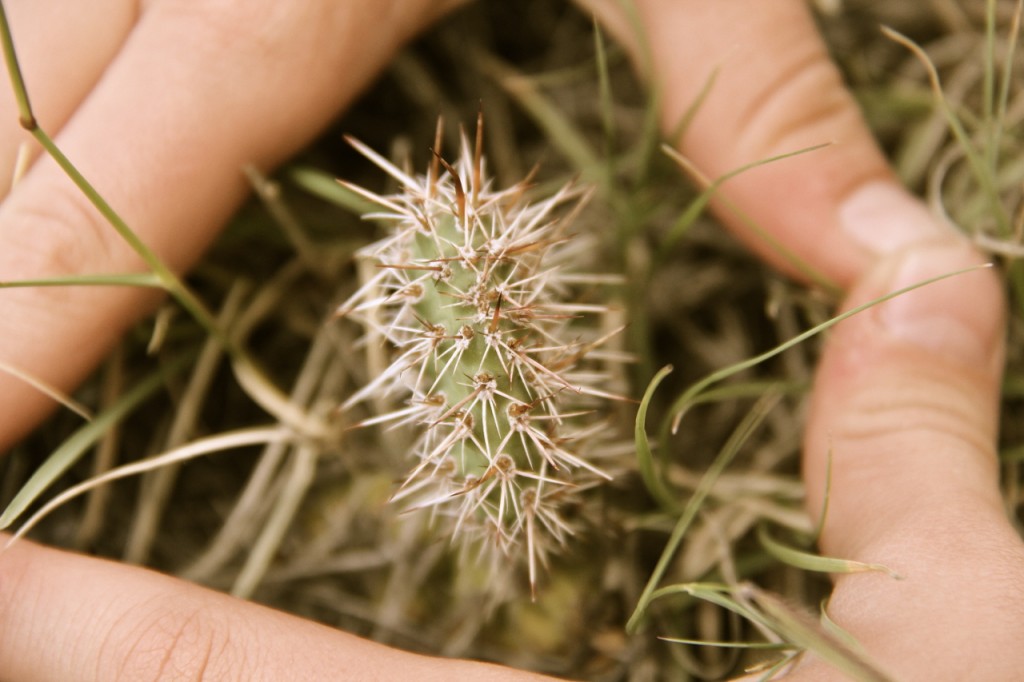
Nature is the source and content of most of my artistic and creative work and it’s right outside our home. In Helena, it literally takes just a couple of minutes to get from “town” out into a more natural environment. But even right in town, all I have to do is get down on my hands and knees with my eyes, my camera, my sketchbook, my sense of wonder… to find something inspiring and worth using in my artwork. Not only am I inspired to draw/paint/photography and write when I take in Nature’s sweetness — I also know when I look closely and pay attention, that I am part of Nature. Try it! It feels so good.
I also love discovering other artists whose inspirations are obviously directly from nature. Danish ceramic artist, Lotte Glob fits that category. I came across her work during the winter of 2006 and since then she has built an incredible home and studio on her land. It’s really one of the coolest houses I’ve ever seen.
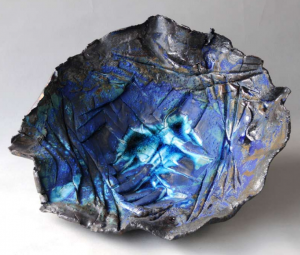
Glob’s ceramic vessels make me swoon! Her work is intimately inspired by natural forms she finds, especially around the “Ultimate Rock Garden,” as she calls her studio and home on the shore of Loch Eriboll in Scotland.
Glob has a beautiful online portfolio exhibiting her ceramic sculptures, books, fountains, tiles and bowls. These are incredibly beautiful pieces — if you are at all attracted to artwork based on natural colors, shapes and textures, check out her portfolio.

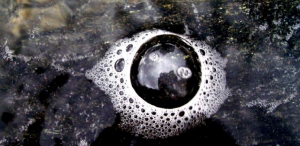
Some Links to Art from Nature
- Lotte Glob website
- Lotte Glob Recent Ceramic Work (including her awesome bowls)
- Lotte Glob’s Award-Winning Home and Studio designed by Gökay Deveci
- Cues from Nature, a letter from Robert Genn of The Painter’s Keys
- Lotte Glob’s Sculpture Croft (the land where she lives and works, transformed with scattered artworks)
- Archie Bray Foundation for Ceramic Arts (where you can wander the grounds to find art in the tall grasses and between the old structures)
- Ernst Haeckel, a 19th century zoologist and amazing artist.
- Photographer, Karl Blossfeldt
- A set of my own photos and artwork titled, Threads of Continuity. If you see anything you would like to buy as an archival-quality print, please email me: [email protected]. I would love to have a piece of mine hanging in your home.
Get into the head of an artist at work
I collect images, mostly with my own camera, but also from old manuscripts, ephemera, found objects, cultural flotsam and jetsam. Sometimes I do digital collage, other times I work with paper, paint, drawing tools and glue in 2 dimensions or I make 3D mixed media sculptures. I work in layers, often more than twenty or thirty layers, as I am trying to create something with visual, symbolic and spiritual depth. The stories of the objects I use are glued into the collage layers. Emotions, connections, poetry, unspoken words, events, songs, dreams and spiritual meaning are embedded in there too. Often the layering will only be apparent on a subtle level. What’s important to me is that I know the layers are underneath somewhere, giving the piece personal depth and intimacy.
When I am looking at one of my own art pieces or someone else’s, I tend to judge it based on first my emotional response, then on the craftsmanship of the execution and finally based on some intellectual understanding of the piece. Sometimes I want my work to be wild and spontaneous and passionate. Other times I’m aiming for an almost cool control, which in itself can convey an experience or an emotion as effectively as a more passionate piece. It’s hard to say what makes a piece of art “work” for me. It’s intuitive. Can I connect with something the artist was trying to say? Or does it leave me cold? Really, it’s such a personal thing … one viewer may respond positively to a piece that another person thinks is boring.

Here’s a little about my altered photograph (above.) The main image I used was of the lower trunk of a tree. When I first saw the tree, the roots looked like they were twining together in a Celtic knot shape. I have some background in fiberarts and weaving, and I thought of trying to bring out this aspect of the roots — that they were threaded and knotted together, not only around each other, but around the rocks and pebbles on the lake shore and down into the earth, around the leaves and soil and micro-organisms that live down there. I wanted to make something that looked like a tapestry, like threads and cords and knots, textural and subtle and fine.
I used Photoshop to alter the tree roots photo by blending it with a photo of the frozen lake surface and another, of branches against sky. When I am doing this work, I choose photos based on their dominant shapes, lines and textures. For example, to create the look of a tapestry, I needed lots of texture, so I chose photos with lots of different line weights and shapes going on. The different textures of these three photos contribute to the feeling of woven cloth. Likewise, if I had been going for a minimalist feeling, I might have chosen only photos with simple shapes and few lines.After I played around with the colours and blended the three main photos, I rotated multiple copies of the image and blended many layers to make something like a tapestry with the appearance of depth and criss-crossing threads. I like that it’s not perfectly symmetrical … very much like my actual woven tapestries used to turn out.
I put together an album of images I used in the two pieces, Ghost Roots Tapestry and Woodland and Icon with Cross. You can see it here. I call this group of images, Dead of Winter. Sometimes I come up with a title for a series that almost contradicts how I really feel about the subject of the series. Yet to me, it fits. I hope the title makes people stop and read it twice, to puzzle out why I might have chosen those words. 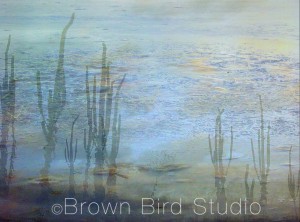
In this case, dead is the opposite of what I think winter is. Winter is very much alive — it is just sleeping; it is the Earth dreaming, growing secretly underground, holding the light of short winter days in her heart, in her belly, holding it in until everything is ready to leap out again, be born, and come back to the warmth and the air and the green. It is a time for meditation, concentration, inner-focus, silence and dreams and spiritual contemplation. With that in mind, I tried to bring out the subtle, quiet spirit of leafless trees, frozen water, and strong, connected roots.
Not all of the photos in this group are altered. In fact, some are just as they came out of my camera. But they all belong together because of the thread of winter-quiet.
All images: © 2005 – 2008 Maureen Shaughnessy. All rights reserved
Earth Day, Earth Sculptures to Remind Us
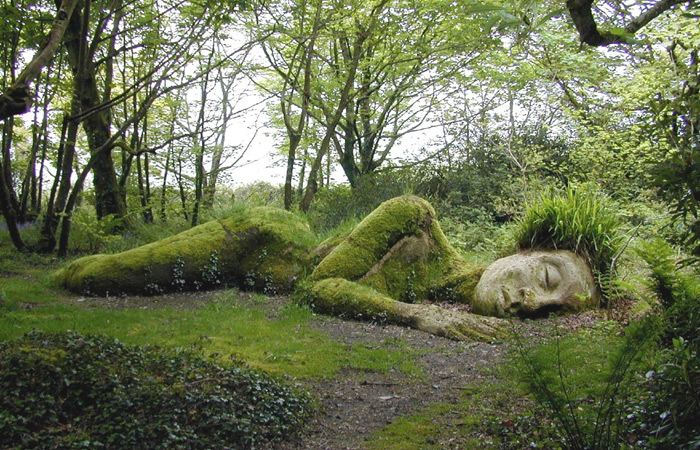
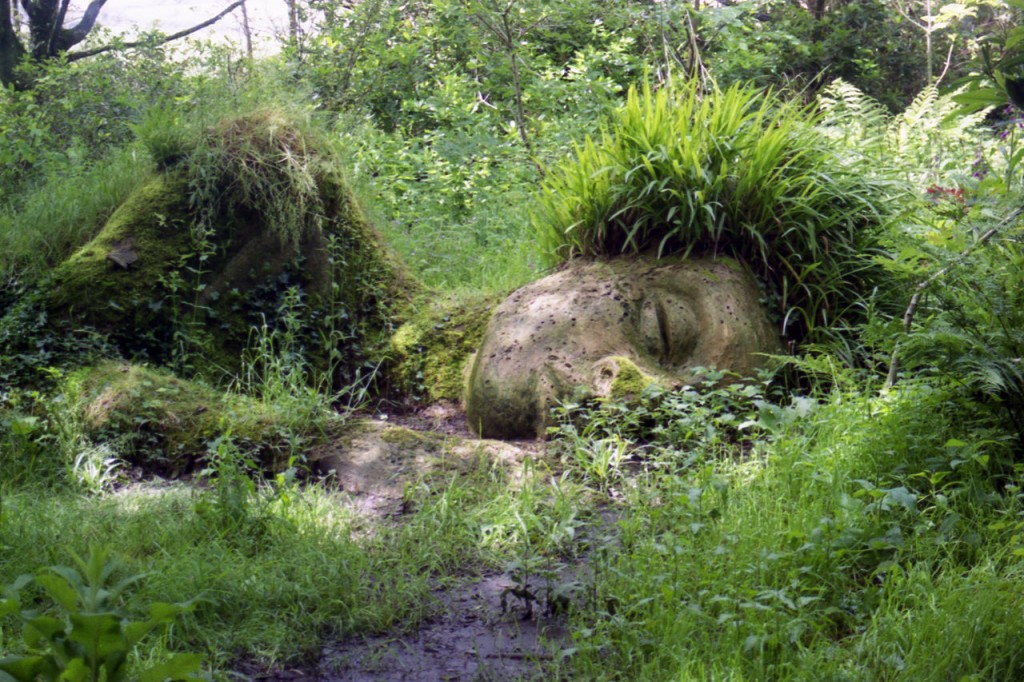
Gaia: the divine goddess, the Earth Mother … she sleeps so peacefully, waiting to wake up, dreaming her dreams of the seasons, of growth and transformation, of life and light. She rests in the dark cool shadows of winter and early spring, rejuvenating internally and she will awaken with the sunlight, bird song and the gradual warming of her body.
As I researched Earth Mother/ Gaia for my Earth Day post, I came across many living earth sculptures made of mud over an armature with plants growing all over them. I loved the original Mud Maid at the Lost Gardens of Heligan, commissioned by Sue and Pete Hill a brother/sister artist duo. This sculpture along with the Giant’s Head at the same gardens, seems to have inspired a host of other mud sculptures in both public and private gardens.
We are her children:
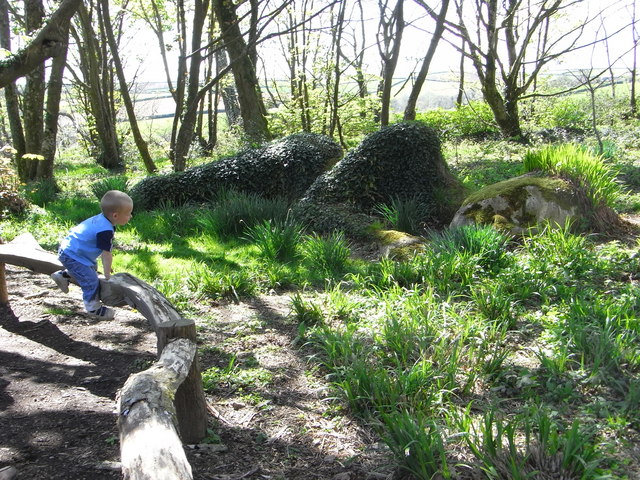
The Mud Maid was built as a hollow framework of timber and windbreak netting, then completely covered with sticky mud. Her hands and face are a mixture of mud, sand, and cement which were first coated with yogurt so lichens would grow. On her head, Woodsedge and Montbretia were planted while Ivy was trained to grow as her clothing. — Angel (Environmental Graffiti)
Here is a goddess sculpture at the 2006 Chelsea Garden show, “Dreaming Girl,” also by Sue and Pete Hill.
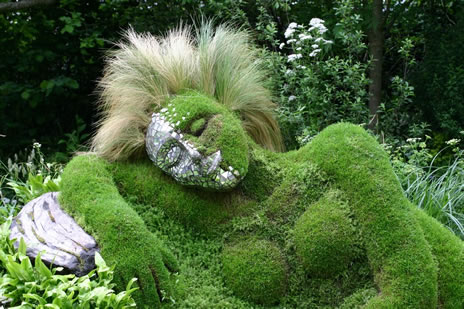
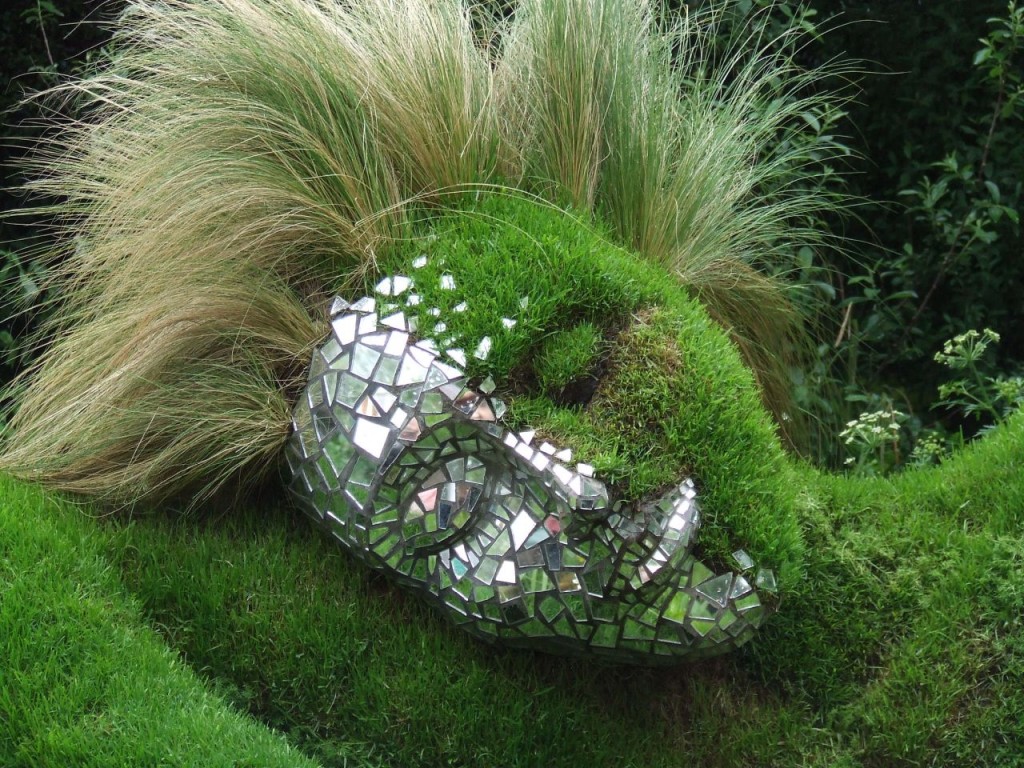
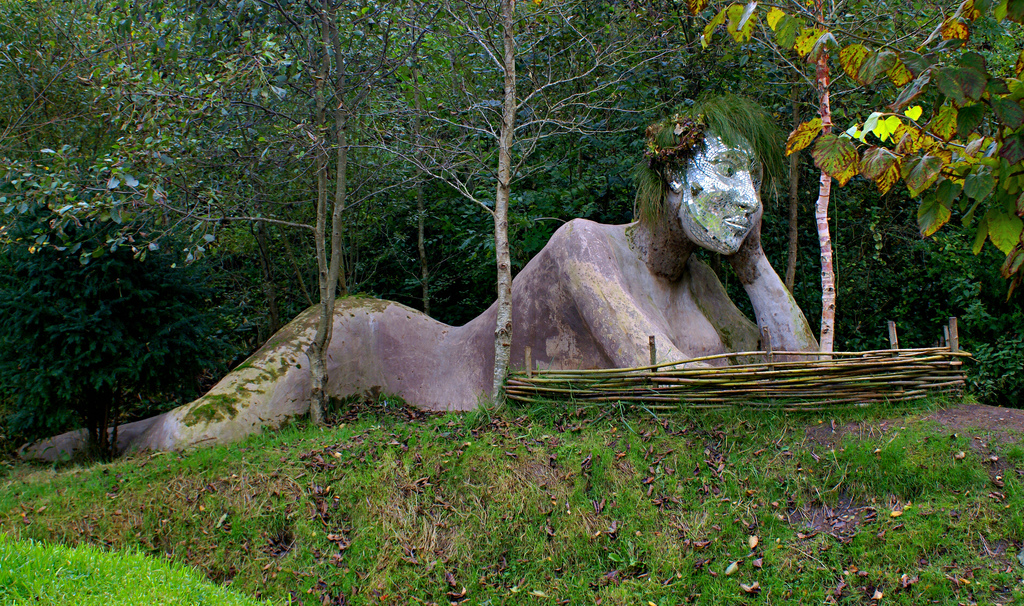
PHOTO CREDITS AND LINKS:
- Quote about the Mud Maid
- Mud Maid and Child © Copyright Chris Allen and licensed for reuse under this Creative Commons Licence.
- Mud Maid in Summer
- The Dreaming Girl at Chelsea Gardens Show
- The Dreaming Girl detail
- Eve
